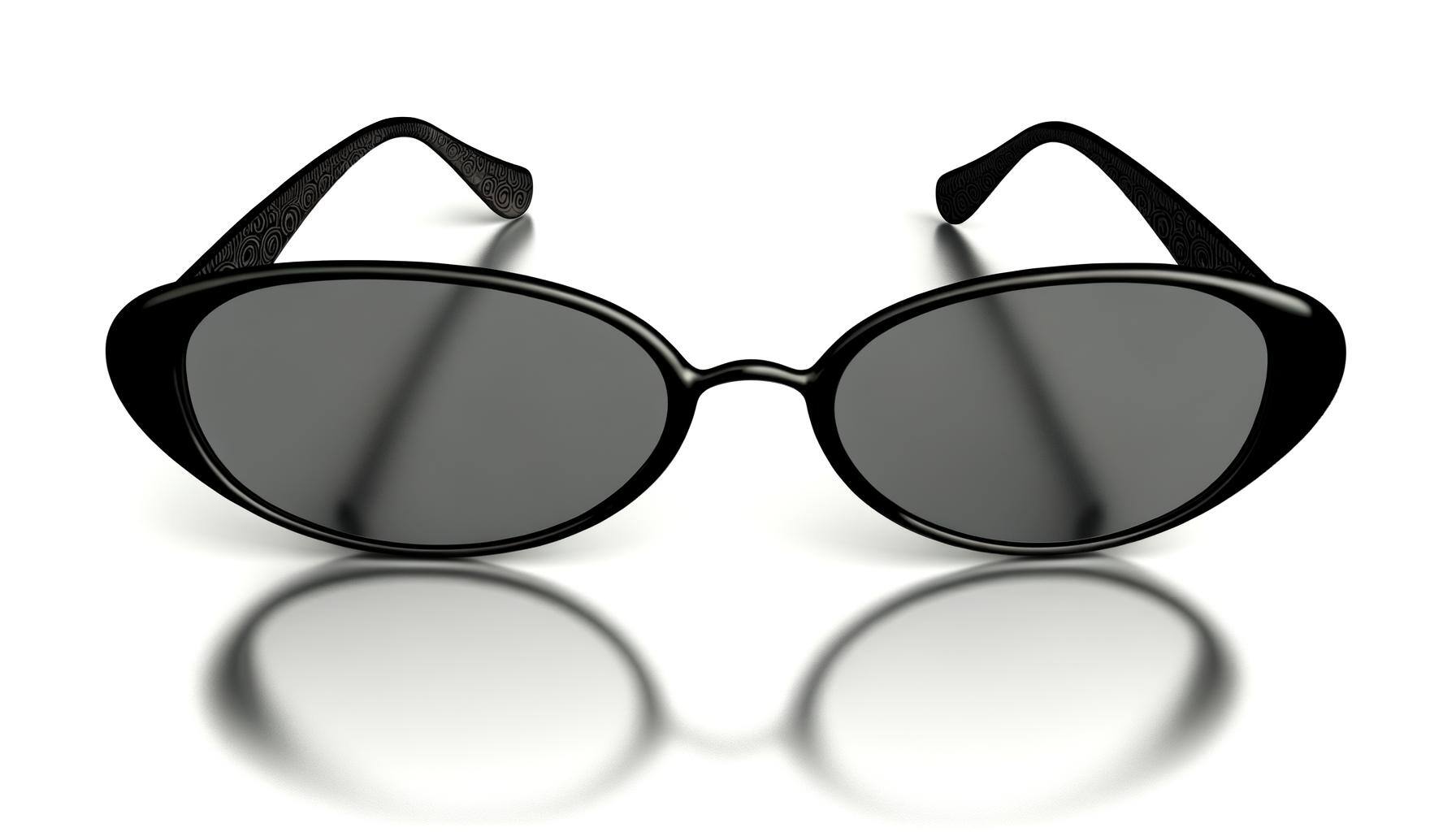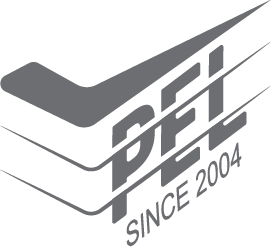The cost of quality is actually the cost of doing things wrong. Research shows that cost of poor quality can range between 15-40% of the business cost. Here’s what you need to know to help you avoid that cost.
Generally speaking, eyewear manufacturing can be broken down into two categories - the cost of achieving good quality, and the cost of poor quality.
Improving quality is arguably the best way to gain customer satisfaction, increase productivity, and reduce manufacturing costs. If you’re seriously looking to improve quality you must take into account the cost associated with achieving quality, as nowadays it’s not enough to meet customer requirements; it must be done at the best possible pricing as well.
Although not set in stone it is widely accepted that quality costs are the costs incurred in the design, operation, implementation and maintenance of quality management systems, the cost of resources continually committed to improvement, system costs, product, and service failures, and all the other necessary costs and non-value added activities required to achieve the manufacturing of quality products. The reporting and measuring of these costs should be considered a critical issue for anyone looking to achieve competitiveness in today’s markets.
What is Quality?
.jpg?width=1024&name=shutterstock_617873999%20(1).jpg)
The markets today have become extremely competitive in nature, and now more than ever companies must produce good quality products to survive. In today’s markets quality has also become a crucial competitive factor. That’s why it’s not surprising to see that high-quality products or services are often mentioned as a goal in companies’ mission statements.
When it comes to eyewear manufacturing and subsequently your brand management, the general term “quality” refers to what quality management lingo divides into the two complementary categories - the quality of design and the quality of conformance.
- The quality of design focuses on how the product design meets the requirements of the consumer.
- The quality of conformance deals with whether the quality produced and provided to the consumer meets the approved design, you can learn more about this from our free quality control for eyewear checklist.
Both quality points work together to determine the quality perceived by the consumer. Why should this matter to you in the eyewear trade, though? Let’s take Ray Ban as an example here, what is the first thing that comes to mind when you think of Ray Ban, in all probability it would likely be:
- Aviator style sunglasses from the iconic film Top Gun
- Ray Ban’s famous Wayfarer Sunglasses that everybody seems to own a pair of

Ray Ban have done exceptionally well to build an iconic brand, but would Ray Ban have made it anywhere today if their sunglasses temple’s “arms” broke off, or glasses popped out the second time a consumer put them on? Not likely, and for that reason, it’s very important that you be conscious of both quality of conformance and qualities of the design.
And while the quality of design is an integral part of product quality, it only has a small impact on the tradeoffs between manufacturing processes and inspection strategies. All manufacturing processes are imperfect and have an associated non-conformance rate. Manufacturers seeking to achieve a higher quality of conformance have a wide range of options to choose from. These can be divided into two categories; improving produced quality of conformance through defect prevention methods and secondly by improving the quality of conformance delivered to the customer via inspection. In an ideal scenario, you would make use of the services of a QC company that can do both for you, and more importantly a company that knows what they are doing.
Prevention is ALWAYS better than cure
.jpg?width=1024&name=shutterstock_616723778%20(1).jpg)
As the old saying suggests if you can prevent it rather than fix it you will undoubtedly be better off. Depending on how far you want to go (how much you are willing to pay) to secure the quality of your eyewear there is a range of options available to you. For the sake of this blog and general enlightenment on the subject we will look at the 4 points you need to know when assessing the overall struggle between cost and quality in eyewear manufacturing.
1.Preventative Costs
Preventative costs are costs you incur to make sure the product comes out alright on the other end, in other words, to avoid quality problems. These costs are associated with the implementation, design, and maintenance of the quality management systems. These are planned and actioned before operation starts, and they could include:
- Quality planning—drawing up plans for quality, operations, reliability, production, and inspection of eyewear
- Product or service requirements—establishment of specifications for incoming materials (raw materials), finished products and processes.
- Quality assurance—creation and maintenance of eyewear manufacturing quality system
- Training—development, preparation, and maintenance of programs
Examples of Preventative Cost:
- Market Surveys
- Pilot Scale Projects
- Procedure Writing
- Vendor Evaluation & Testing
- Training and Education
- Quality Improvement
- Customer Surveys
- Design Review
2. Appraisal costs
Appraisal costs deal with monitoring and measuring activities related to quality. These costs are associated with the customers’ and suppliers’ evaluation of processes, purchased materials, products, and services to make sure they conform to specifications. These could include:
- Quality audits— a confirmation that the quality systems are functioning in good order
- Verification—inspection of incoming material, process setup, and products against previously agreed specifications
- Supplier rating—assessment and approval of suppliers of products and services
Examples of Appraisal Costs
- Incoming Material Inspection
- Laboratory Testing
- Calibration Cost
- Internal Audits
- In Line Material Inspection
- Automated Testing Tools
- Final Product Inspection
- Equipment Calibration
- Procedure Evaluation
- Corporate Social Responsibility Audit
3. Internal failure costs
.jpg?width=1024&name=shutterstock_613882097%20(1).jpg)
Internal failure costs are incurred in response to defects discovered before the product is delivered to the customer, in order to remedy the issue. These costs are incurred as a result of failure to reach design quality standards and are detected before they are sent to the customer. They could include:
- Scrap—defective products or materials that can’t be repaired, used, or sold i.e. bent arms, scratched lenses or size proportion issues of eyewear.
- Failure analysis— any activity that may be required to establish the causes of internal product failure.
- Rework or rectification—correction of defective material or errors
- Waste—unnecessary work or holding of stock as a result of errors, poor organization, or bad communication.
Examples of Internal Failure Costs:
- Rework
- Overtime
- Scrap
- Downtime
- Excess Inventory
- Redesign
- Downgrading
- 100% Sorting Inspection
- Retesting
- Excess Material Handling
4. External failure costs (The dreaded “I want my money back”)
These are costs incurred by a business due to the failure of products or service at the customer’s end. External failure costs are incurred to fix defects discovered by customers, this can be anything from loose screws, chipped paint on the arms of your sunglasses, lenses popping out etc. These costs occur when products or services fail to reach design quality standards and are not detected until after the product has been transferred to the customer. Final inspection is thus crucial to avoid this from happening and having your pre-approved and sealed sample to verify the designs, and/or working from your quality control checklist would be a good way to go about it. External failure costs could include:
- Warranty Claims—failed products that need to be replaced under a guarantee
- Repairs and Servicing—of both returned products and those in the field
- Complaints—all the costs associated with handling and servicing customers’ complaints
- Returns—handling and investigation of recalled or rejected products, including transport costs
Examples of External Failure Costs:
- Customer Dissatisfaction
- Loss of Market Share
- Warranty Costs
- Price Concession
- Premium Freight
- Time Spent to Resolve Customer Complaints
- Restocking Costs
Regardless if you’re looking to manufacture or simply purchase from a reseller you need to be aware of the work that goes into running a smooth operation to get good quality from the factory to the end-user. Regardless if you’re just starting out in the eyewear trade or are a seasoned professional, being aware of all the above-mentioned points will assist you in understanding the eyewear manufacturing trade better. Quality and price, in short, walk hand in hand and you’ll do well to remember that if you approach quality correctly from the start, you’ll be saving yourself a lot of hassle down the line.
Make sure you are aware of what quality control measures your factory are using, are they making use of all the factors mentioned in this blog, are they knowledgeable on the subject? Knowledge is the key here, simply knowing what questions to ask your manufacturers can help you in establishing who you want to do business with and ultimately gain quality in eyewear manufacturing.
In the famous words of Hunter S. Thompson “Anything worth doing is worth doing right”.
What are your experiences or cautionary tales about quality control procedures in the eyewear trade?
Why not contact one of our consultants to hear more about how you can make sure you get the best possible quality from China?
Feel free to leave a comment below and one of our experts will get back to you as soon as possible
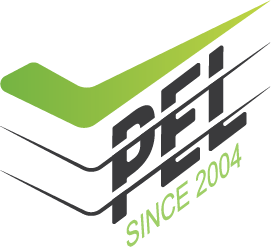

.jpg)
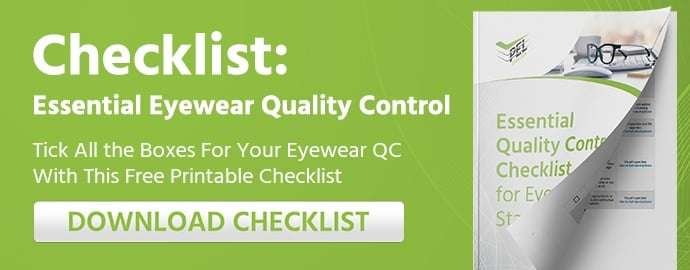

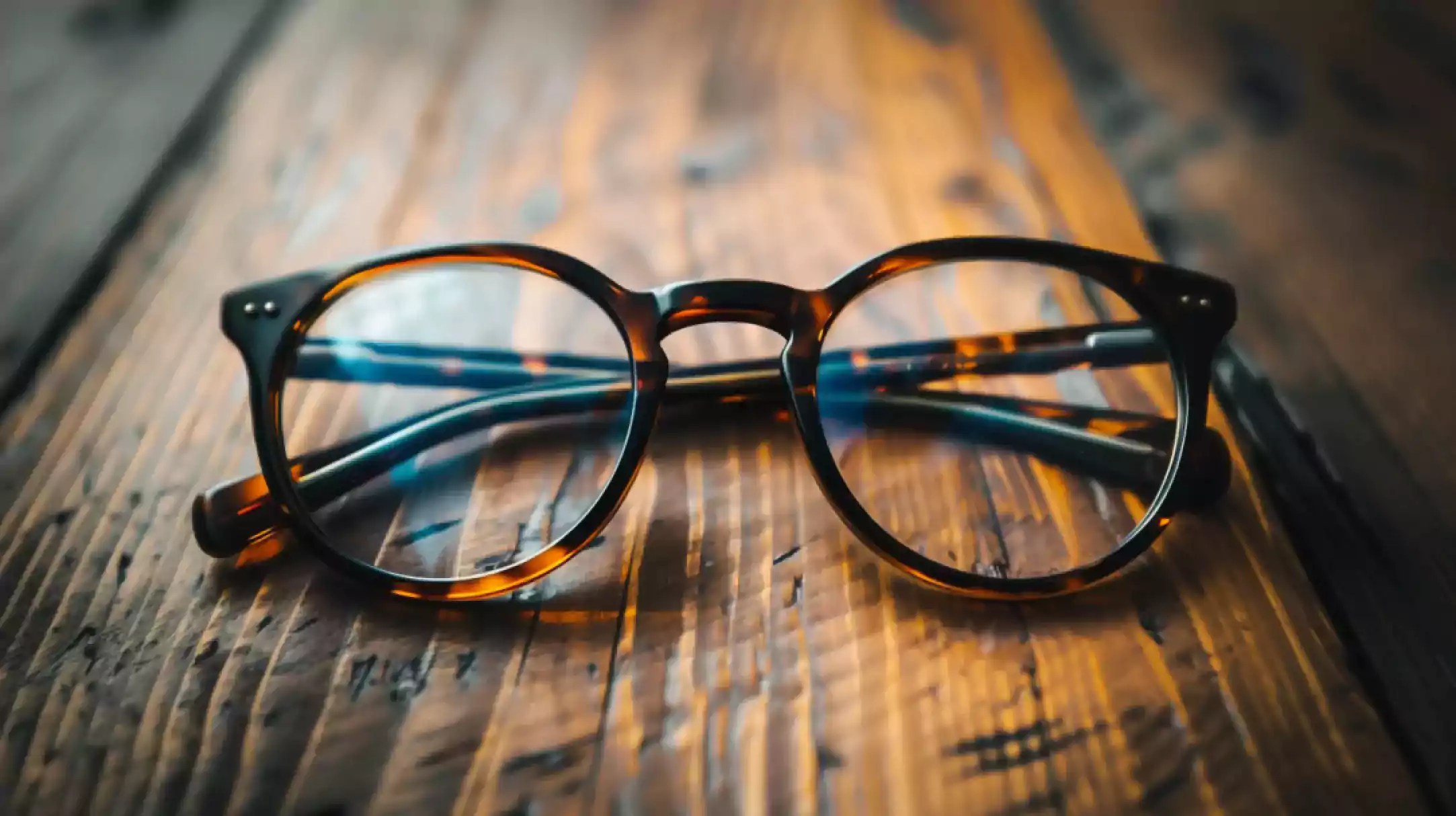
.jpg)
